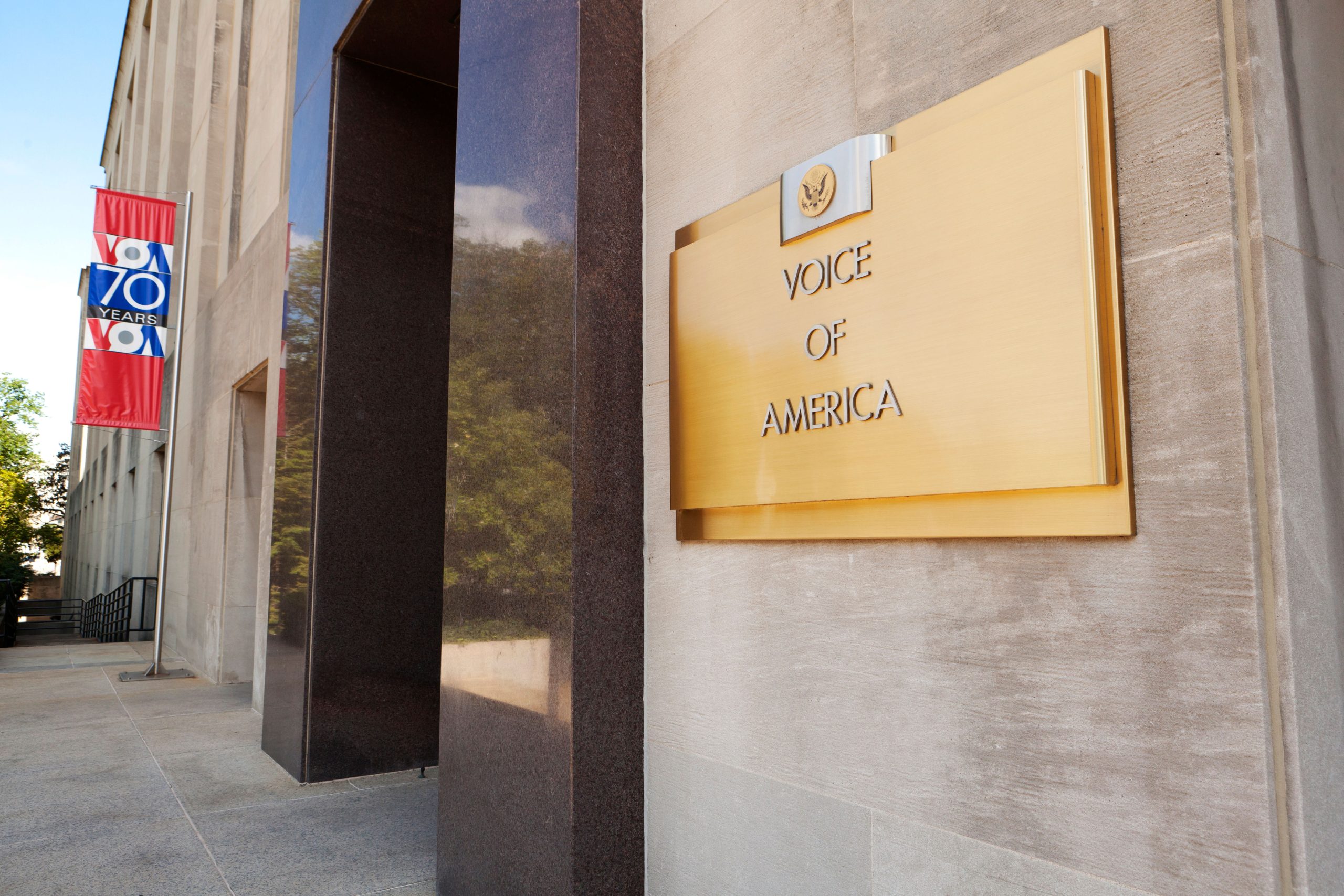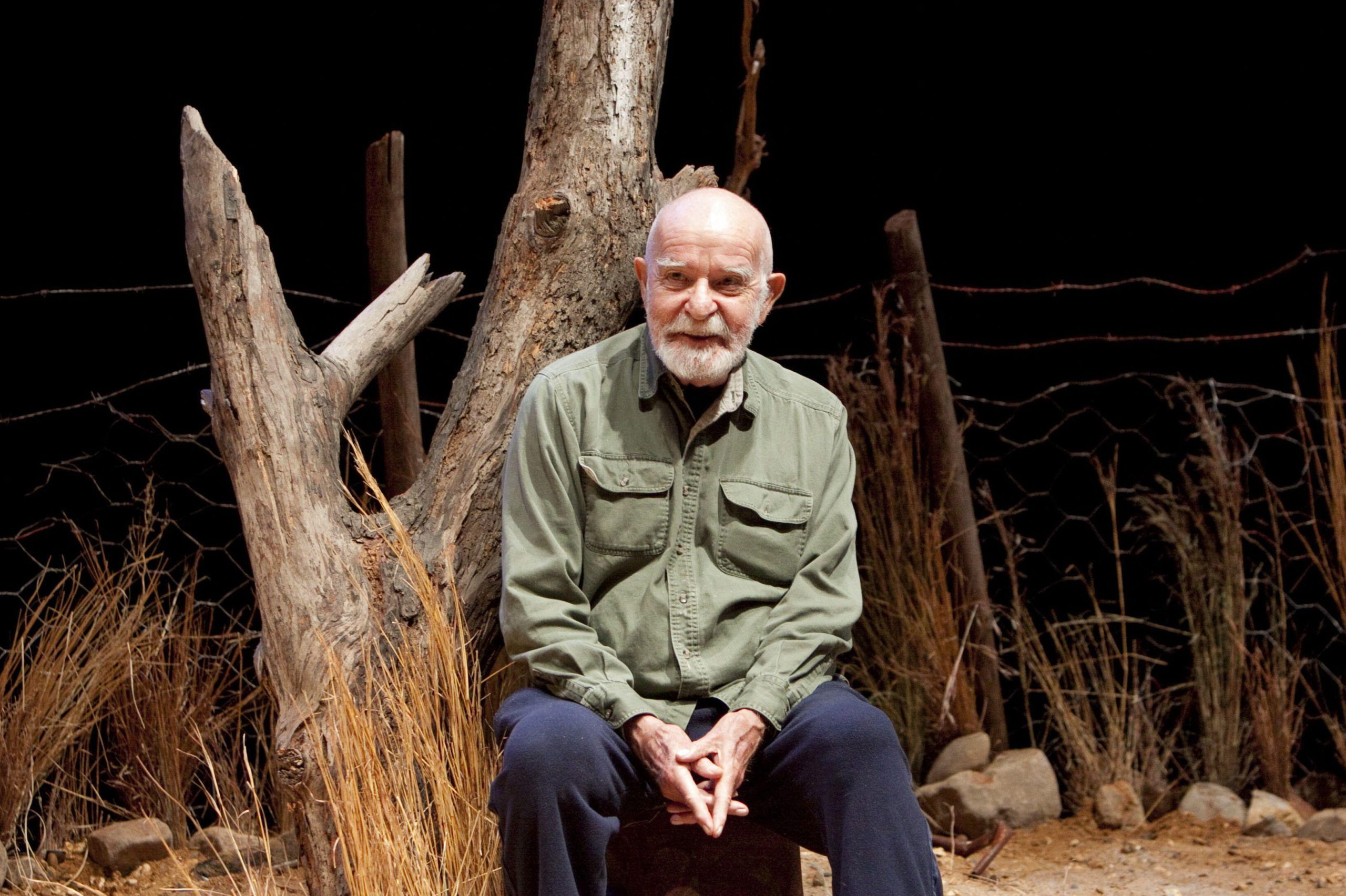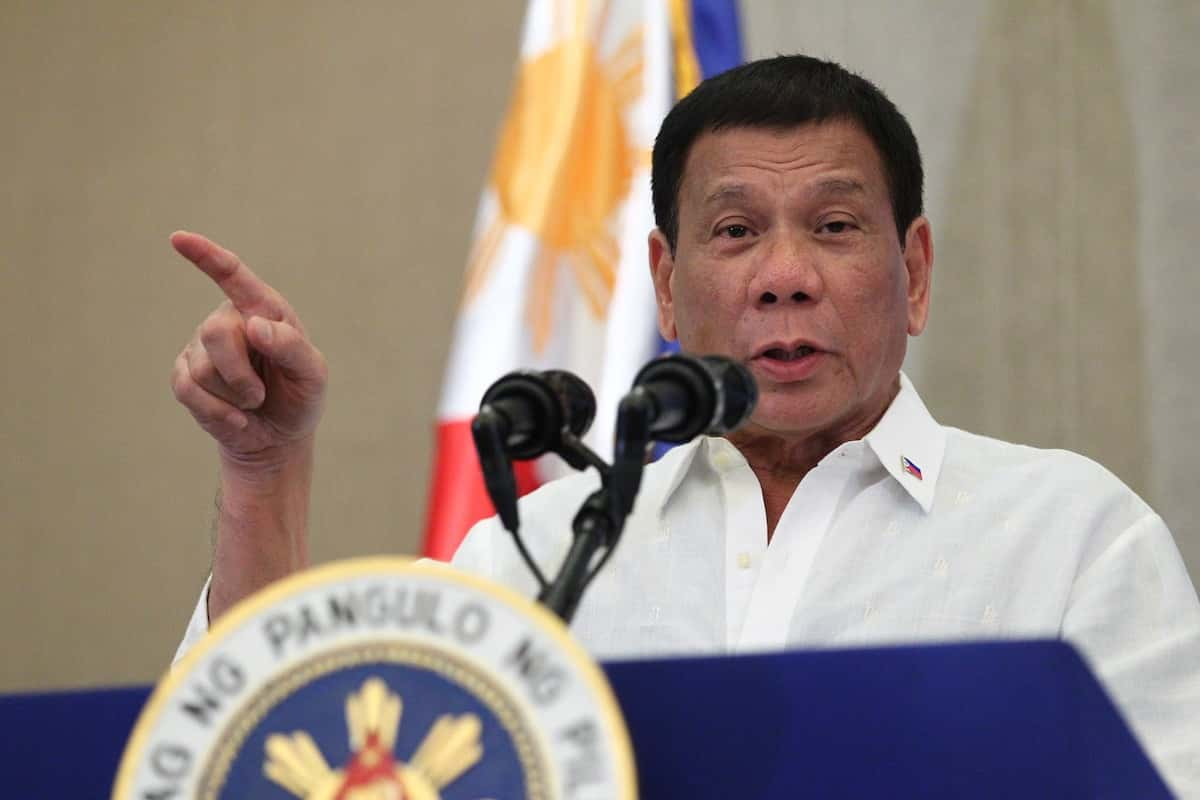In a perceptive video essay titled Irani Bag, made in 2020, Maryam Tafakory illustrates how Iranian filmmakers get around the Islamic taboo on touch. Interweaving her commentary with film clips from 1989 to 2018, she highlights how bags have long been a recurring device in Iranian films, allowing men and women to “touch” on screen.
In one clip, a man and a woman riding on a motorbike are separated – or connected – by a bag lying between them. It functions as a substitute for human touch or an object of shared intimacy.
A bag can also be an extension of the body, and Tafakory demonstrates how men and women in these scenes repeatedly push, pull or strike each other using bags.
By contrast, in the scenes she shows without a bag, hands hover centimetres away from another person – the actors forbidden from touching.
If no direct contact materialises on screen, the filmmaker can dodge censorship. And, as Tafakory shows, Iranian cinema has developed a cinematic language “to touch without touching”.
Touch is not the only prohibition in Iranian cinema. The government has sought to align cinema and other arts with its interpretation of Islamic principles, and an overarching rule is gender segregation, which prevents men and women who are not mahram (related by blood or marriage) from interacting with each other.
As part of this, the wearing of the veil in public is strictly policed, as witnessed by Mahsa Jina Amini’s police custody death in 2022 and the ensuing Woman, Life, Freedom protests. Since cinema is regarded as a public space, female characters are always expected to be veiled – even indoors with their families where they would not wear veils in real life.
Cinema is regulated by the Ministry of Culture and Islamic Guidance (MCIG). Directors must submit their synopsis or screenplay for a production permit and, later, their completed film for a screening permit. At each stage they can be asked to make changes or otherwise risk censorship. When a film is released, the Iranian press can accuse the makers of siāh-namāyi: presenting the country in a negative light.
There are some obvious red lines for the censors: no direct criticism of Islam or Iran’s Islamic Republic, nothing too violent, and certainly no sex. But MCIG guidelines are not detailed, so moviemakers have learned other censorship criteria through trial and error.
What is permissible is always shifting due to changes in society and filmmakers pushing against boundaries.
It is important to observe that state censorship is not the only obstacle that Iranian filmmakers encounter. International funders and markets impose expectations of what their films should be about. Indeed, many filmmakers have reported to me that they find these restrictions to be as challenging as censorship.
But where censorship is concerned, filmmakers who want to explore intimacy and other sensitive topics must find creative ways to work around imposed constraints. This is reminiscent of Hollywood under the Production Code from 1934 to 1966 when political, religious and cultural restrictions on filmmaking compelled directors to employ subtle techniques that left more to viewers’ imaginations.
In Iranian cinema in the 1980s and 1990s, it was noticeable how often key roles were given to children. This was partly a creative response to new taboos as, in the early decades of the Islamic Republic, filmmakers realised that children could overcome constraints of gender segregation by acting as adult substitutes or purifiers of male-female contact.
For example, when the protagonist Nobar shares intimate moments with her lover Rasul in The Blue Veiled (1995), her youngest sibling, Senobar, serves as a mediator. Senobar even rests her head in Rasul’s lap, a proxy for her sister. The child lends an innocent aura to an erotically charged scene.
Children can also cross social boundaries and navigate between private and public spaces. In Jafar Panahi’s debut feature The White Balloon (1995), a little girl, Razieh, embarks on a quest to buy a goldfish for Nowruz (Persian New Year) and encounters people from different walks of life on Tehran’s streets, including an Afghan balloon seller.
Filmmakers have subtly used children to highlight Iran’s sociopolitical realities, among them the after-effects of the Iran-Iraq war (as in the 1989 film Bashu, the Little Stranger), the plight of the country’s Afghan minorities (The White Balloon) and the Kurds’ hardships on the Iran-Iraq border (for example, A Time for Drunken Horses from 2000, or 2004’s Turtles Can Fly).
The political climate has waxed and waned as moderate and hardline governments have relaxed censorship restrictions and tightened them again. Yet intermediaries for male-female contact have been enduring ploys throughout.
In one of several storylines in Tehran: City of Love (2018), a woman called Mina dates a man, Reza, who ultimately confesses he is married. As consolation, he couriers her a giant teddy bear. Subsequently, Mina is seen waiting at a bus shelter side-by-side with the gargantuan soft toy – Reza’s comic stand-in.
Another creative solution has been the use of the road movie genre. Simultaneously private and public, a car is a space that allows small, everyday transgressions. Being in a car relaxes the rules of compulsory veiling and encourages behaviour normally kept behind closed doors. It emboldens people to express themselves more freely. Filmmakers tap its emancipatory potential in both their production strategies and their on-screen representations.
In Ten (2002), a female passenger, whose fiancé has jilted her, removes her headscarf to reveal her head shaved in mourning and as a token of a new beginning. In Panahi’s Taxi Tehran (2015) – his third feature made clandestinely since his 2010 filmmaking ban – a series of passengers take a taxi. The cabbie is Panahi himself, masquerading in a beret. Before his ban, he was accustomed to filming in the bustling outdoors. With the car and small digital cameras, he can shoot outside again.
One of his passengers is lawyer Nasrin Sotoudeh, renowned for her work defending political prisoners. Like Panahi, she has been repeatedly imprisoned and banned from leaving Iran and practising her profession. As she gets out, she advises him to delete her words from his film to avoid more hassle from authorities. This is an underground film – made illegally, without official permits, and distributed on Iran’s black market and abroad. So Sotoudeh’s words survive the edit, registering the film’s furtive mode of production.
In Atomic Heart (2015), we first encounter Arineh and Nobahar intoxicated after a party. They are part of a modern, Westernised subculture that likes to revel, drink and take drugs, and largely rejects the Islamic Republic’s values. As their anti-regime attitude cannot be directly shown, the film hints at their unconventional lifestyle by inhabiting the road movie genre – associated with freedom and rebellion – as they whirl around nocturnal Tehran. The film evokes the subversive behaviour of real-life Iranian youth who, given restrictions on public gathering as well as bans on nightclubs and disapproval of open displays of romantic affection, have taken to the highways, especially at night.
Inserting a story within a story is a further tactic for circumventing censorship. In The Salesman (2016), Emad and Rana perform Arthur Miller’s Death of a Salesman in an amateur theatre group. The film mirrors the play, highlighting the couple’s relationship after Rana is assaulted by an intruder in their apartment – a scene left unshown to avoid censorship and engage the audience in speculating about what transpired between Rana and her attacker. In the story within a story, meaning is multi-layered, residing in the inner as well as the outer tale.
Since short films are less strictly regulated by screening permit requirements, directors are bypassing these rules by composing feature films from several shorts. Mohammad Rasoulof’s There Is No Evil (2020) comprises four short stories about characters involved in the state’s capital punishment system. Given Rasoulof’s filmmaking ban, his production team tactically applied for four short film permits without listing his name on the forms.
In Tales (2014), which was also created as multiple shorts joined together as a feature, a documentary filmmaker character shoots a film within a film. When an official notices his camera filming a workers’ protest, the recording halts. The film segues to the next story, suggesting the camera’s confiscation. Later, the filmmaker retrieves his camera without the seized footage. He determines to continue filming, stating: “No film will ever stay in the closet. Someday, somehow, whether we’re here or not, these films will be shown.” His words reflect a popular Iranian saying that a film’s purpose is to be shown to an audience.
These kinds of strategies are testament to Iranian filmmakers’ creativity. Although they cannot be overtly critical of the regime, they have developed resourceful ways to try to ensure that their films can explore sensitive topics and still be shown.





